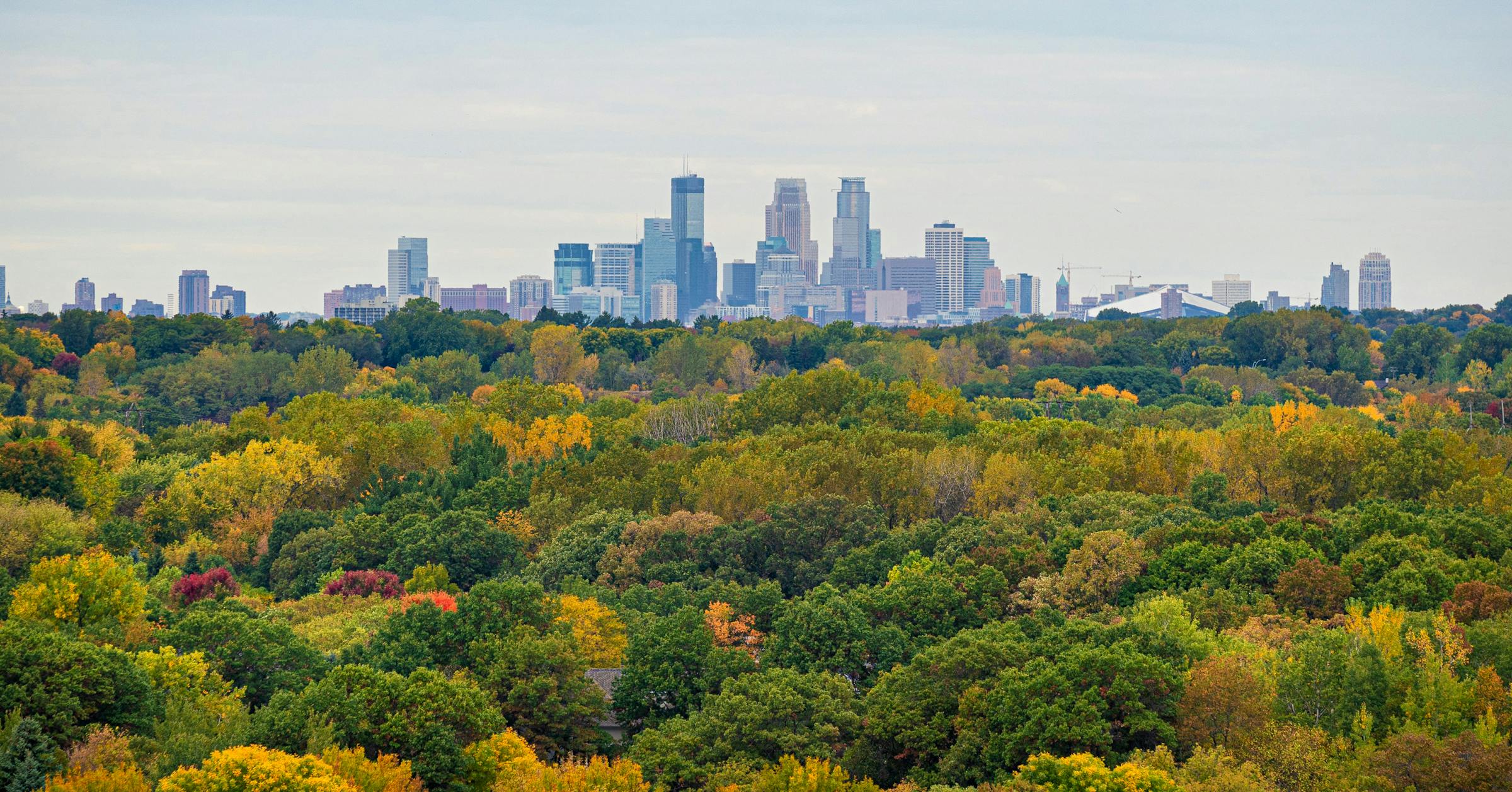Copyright syracuse.com

Far away from the crowded pumpkin patches, apple orchards and haunted hayrides, Syracuse cemeteries offer a peaceful way to pass a few hours each autumn. Not only are cemeteries free and public, but they’re perfect places to enjoy fall colors in a quiet, pensive setting, admire beautiful stonework from centuries past and contemplate something we all share — our inevitable demise. Macabre? Perhaps. But few other places capture the haunting beauty of Syracuse graveyards, which are maintained by local grounds crews and preservation groups. Keep in mind, these cemeteries are active burial grounds where real people are placed to rest. Leave no trace of your visit. “It’s not a park,” said Oakwood Cemetery’s executive director Alvin Herrington. “Pick up after yourself, take your trash with you. And don’t lean on or sit on monuments. Just be respectful. Treat it like it’s your family.” Oakwood Cemetery Oakwood is the largest and most well-known cemetery in Syracuse, sprawling 160 acres full of historic tombs and resting places. Oakwood opened in 1859 at the height of the salt industry boom, just before the Civil War. Its elaborate mausoleums feature Central New York’s most prominent names, and some monuments are considered works of art. Oakwood’s natural beauty makes it particularly enchanting, with its rolling hills and valleys, and massive oak trees that date back hundreds of years. Oakwood’s landscape architect Howard Daniels brilliantly designed the cemetery in a Victorian park motif, inviting visitors to linger and get lost in the swirling walkways. “It’s very beautiful,” said Oakwood’s executive director Alvin Herrington. “We have really old parts and new, active parts.” Originally named Morningside, Herrington said Oakwood hosts about five burials each day, and they do burials in every season. Oakwood is home to over 60,000 decedents. Oakwood’s oldest sections have monuments, mausoleums and gravesites of prominent people in Syracuse’s history. “It became the last stop of the mothers and fathers of government, politics, the arts, business, the military,” wrote newspaper columnist Dick Case in 1997. “Names cut into the old stones vibrate with our history... Crouse, Geddes, Wieting, Sumner, Teall, Sage, Longstreet, White, Smith, Sedgwick, Edwards, Leavenworth, Belden, Kirk." At the dedication of Oakwood Cemetery, on Nov. 3, 1859, former Syracuse Mayor Elias Leavenworth described Oakwood as “an ample permanent and attractive resting place for our dead... the last great necessity of our city.” Oakwood was a permanent solution to develop a “rural cemetery” outside of the city, because smaller graveyards in the city center were getting overcrowded in the 19th century. “It was the creme de la creme, where all the wealthy people started buying plots,” said Rick Naylor, president of the Historic Oakwood Cemetery Preservation Association (HOCPA). “People were exhuming their families to move them to Oakwood.” Naylor identifies as a taphophile, a person who is deeply interested in cemeteries, funerals and gravestones. “My friends once asked if I was having a midlife crisis when they found out,” he said. “I say, give me 15 minutes and meet me at Oakwood. Their head just explodes when you take them into the magic.” HOCPA works to preserve, promote and protect Oakwood Cemetery, and handles restoration projects for the cemetery’s statues and grounds. They also host cemetery tours from May through October, focusing on various themes, from gravestone iconography to historically significant women buried there. The Preservation Association of Central New York says the reconstruction of Interstate 81 through Syracuse presents an opportunity to restore and reopen the arched stone gateway to Oakwood Cemetery on the southeast side of the city. Where: 940 Comstock Ave. Onondaga Valley Cemetery On the south edge of the city, Onondaga Valley Cemetery has operated since 1806, making it one of the region’s oldest continuously active graveyards. Syracuse didn’t incorporate as a village until 1825, so Valley Cemetery served as a resting place for early white settlers in Onondaga Hollow, before the city even existed. Several Revolutionary War patriots are buried here at Valley, along with the fathers of the area’s salt industry Ephraim Webster and Asa Danforth. Its newer graves are shiny and clean, but Valley Cemetery shows its age in its original sections. Some of the oldest gravestones and moss-covered tablets are barely readable today, with their carved words worn away after a couple centuries of harsh winter winds. Where: 2500 Valley Drive, Nedrow St. Agnes Cemetery St. Agnes Cemetery dates back to 1867. Deep in the cemetery, located in the Elmwood neighborhood of Syracuse, you’ll find the stone archway leading to the storied Onondaga Sanatorium. This cemetery is hilly enough to get your heart pumping after a two-mile walk, and has many beautiful monuments and at least one open mausoleum worth peeking inside. St. Agnes lacks the whimsy of Oakwood, as the grave designs here adhered to Catholic styles approved by the diocese. Nevertheless, it’s a beautiful, quiet space to walk, where you’re unlikely to run into many people. Where: 2315 South Ave. Woodlawn Cemetery Woodlawn Cemetery was established in 1881. This non-denominational cemetery sits on a 105-acre site within Syracuse’s North Side, between Lyncourt and Eastwood. Woodlawn has a 40-foot Civil War monument of a soldier-sentry, which stands above a plot containing the graves of 113 Civil War soldiers. The graves and monument were dedicated in 1887 by the Grand Army of the Republic Lilly Post. It is also home to the remains of four Medal of Honor winners: Philip Goettel, Henry Klein, Martin Wambsgan and Peter Kappesser. Woodlawn has far fewer hills than the other cemeteries listed here, making it a great place to walk, jog or skate if you’re seeking flatter terrain. Where: 800 Grant Blvd., Syracuse Myrtle Hill Cemetery Small but worth a visit, Myrtle Hill Cemetery near Tipp Hill is laid out more like a traditional grid. It’s an easy one to walk through, corner to corner, in under an hour. Built in 1908, you’ll see far more graves here from the 1900s than the 1800s monuments of Oakwood, Woodlawn or St. Agnes. Come for the spectacular views high on the tiptop of Tipperary Hill, which overlook the neighborhood and the city beyond. If you include the neighboring Sacred Heart Cemetery, the nearby James Pass Arboretum and Burnet Park around the corner, you can cobble together a solid 5-mile walk. Where: Corner of Myrtle and Schuyler streets on Tipp Hill Gone, but not forgotten Syracuse has been home to many more smaller, older graveyards that are not active or viewable today. The General Ellis Cemetery by OCC was a family burial plot with just a few Ellis family headstones. The burial ground was largely forgotten and neglected until it was restored in 2012. The First Ward Cemetery, on LeMoyne and North, started in 1829. Many of the founders of Salina village were buried in this cemetery. Their bodies were moved to Oakwood in the 1870s. Many headstones were removed in 1909 to become a park. Nineteen North Side residents wrote to the Syracuse Herald in 1912 about the “victims of cholera and smallpox” buried in First Ward. They petitioned for the closure of the cemetery, for the health of nearby residents.



